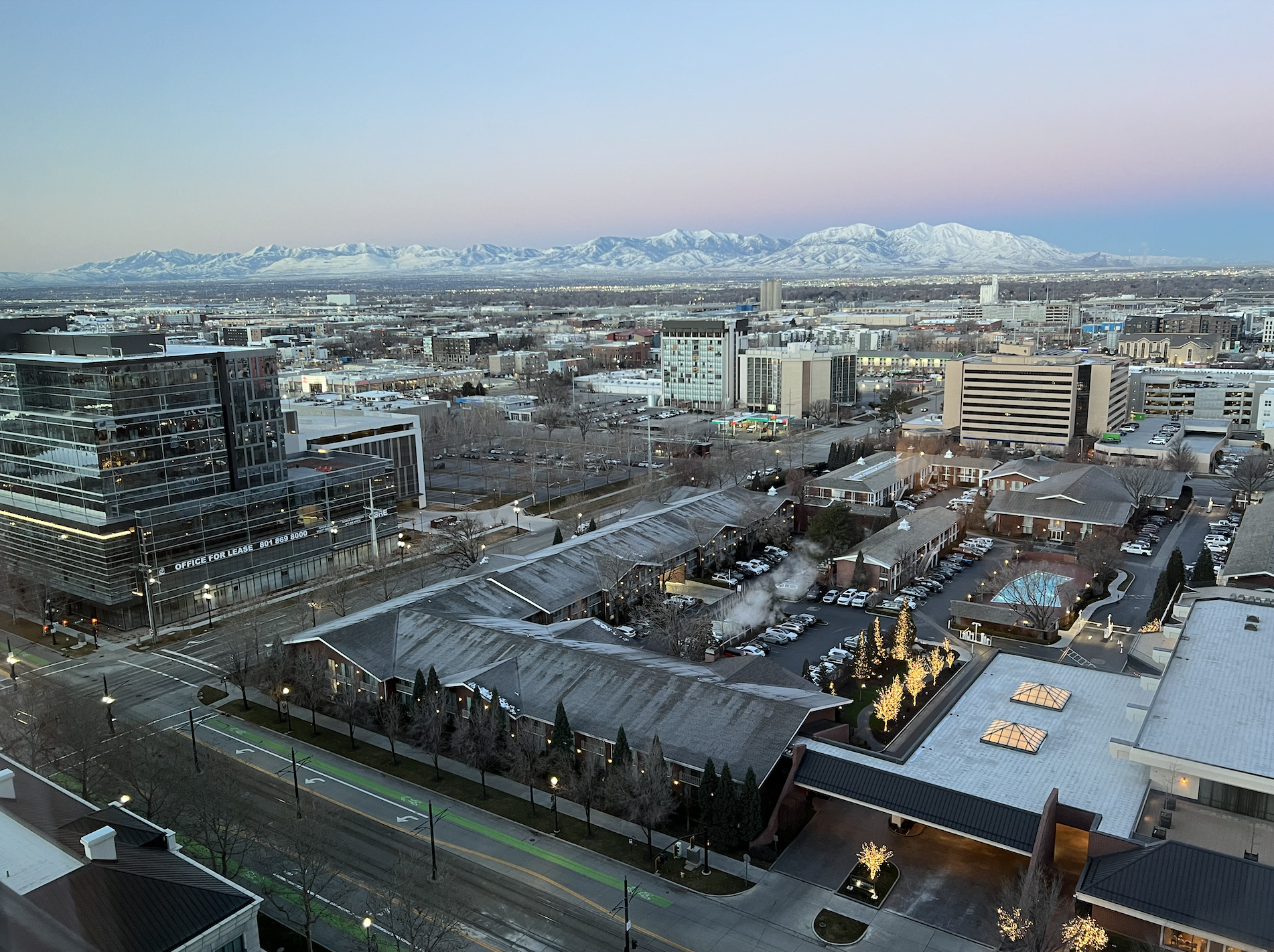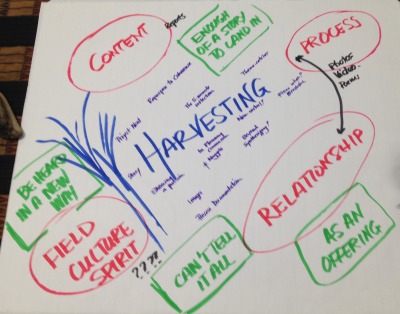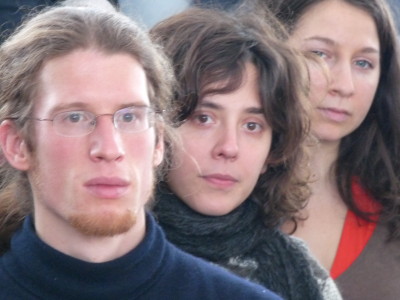I am generally an early morning riser. I feel fresh. So much more than the evening before, when I typically fall asleep very quickly into my pillow. My brain and spirit are alert in the morning. Ideas come to me. Ideas of what I want to write. Ideas of what I want to do with my kids. Ideas for projects that I’m working on or want to begin. The morning feels like bonus time. A calm before the rest of the world wakes and begins to fill the day with stories, deadlines, and urgencies.
 In the morning, I typically spend a bit of time in meditation. Twenty minutes. Preferably sitting with my legs crossed (I don’t know why this really matters, but my meditations are better when I do this). Preferably with my back well supported. I set a timer. With my hands folded on my lap, I begin to breath. I try to make my breaths as long and slow as possible (again, I don’t really know why, but it just feels right). Often, I count slowly on the in-breath and on the out-breath. 1…2…3…4…5…6. A slow count. One per second, it feels like. Then a pause. Then on the out-breath, 1…2…3…4…5…6, and another pause. Once I get started, my counts tend to grow. Up to 12 or so. It is close to two breaths per minute when going really well.
In the morning, I typically spend a bit of time in meditation. Twenty minutes. Preferably sitting with my legs crossed (I don’t know why this really matters, but my meditations are better when I do this). Preferably with my back well supported. I set a timer. With my hands folded on my lap, I begin to breath. I try to make my breaths as long and slow as possible (again, I don’t really know why, but it just feels right). Often, I count slowly on the in-breath and on the out-breath. 1…2…3…4…5…6. A slow count. One per second, it feels like. Then a pause. Then on the out-breath, 1…2…3…4…5…6, and another pause. Once I get started, my counts tend to grow. Up to 12 or so. It is close to two breaths per minute when going really well.
What I notice in this early morning breathing, is that there is a point at which I feel I am no longer “breathing,” but rather, “being breathed.” No, I have not left my body. That is not the experience that I have. But I do feel like I am in sync with something larger than myself. That “larger than self” is breathing me. When this happens, I feel like something important is going on. That I have reached enough of a stillness to surrender to a larger “everything-is-connected-entity.” Call it the universe. Call it the divine. Call it God. I don’t know what to call it. I just know I like it, and I feel very alive with it.
There is an image that comes to mind that helps me understand this. It is of starlings flying together. I learned a new word with colleagues last weekend to describe the way that starlings move, flock, twist, and turn. Murmurations (three minute video – enjoy). I’m aware that there are some principles for flocking that simplify what we see as complex behavior. However, in the starling flock, we tend to pay attention to the flock, not the individual bird. The flock looks like it is flying the individual bird. Maybe it is play. Maybe it is starling art or exercise. The result, what we see, is truly amazing. Just as it is, I would say, “to be breathed.” I wonder what it would take to see this “being breathed” in a collection of people, like we see the starling flock flying the individual bird?
I have been teaching lately that presence is a core competency. The experience of being breathed, the practice of being breathed, seems to develop that competency very well.
Oh, how I love the early morning.
 Collage Drawing from Katie Hatam
Collage Drawing from Katie Hatam What’s in a Story Visual Mapping from Megan…
What’s in a Story Visual Mapping from Megan…

 In the morning, I typically spend a bit of time in meditation. Twenty minutes. Preferably sitting with my legs crossed (I don’t know why this really matters, but my meditations are better when I do this). Preferably with my back well supported. I set a timer. With my hands folded on my lap, I begin to breath. I try to make my breaths as long and slow as possible (again, I don’t really know why, but it just feels right). Often, I count slowly on the in-breath and on the out-breath. 1…2…3…4…5…6. A slow count. One per second, it feels like. Then a pause. Then on the out-breath, 1…2…3…4…5…6, and another pause. Once I get started, my counts tend to grow. Up to 12 or so. It is close to two breaths per minute when going really well.
In the morning, I typically spend a bit of time in meditation. Twenty minutes. Preferably sitting with my legs crossed (I don’t know why this really matters, but my meditations are better when I do this). Preferably with my back well supported. I set a timer. With my hands folded on my lap, I begin to breath. I try to make my breaths as long and slow as possible (again, I don’t really know why, but it just feels right). Often, I count slowly on the in-breath and on the out-breath. 1…2…3…4…5…6. A slow count. One per second, it feels like. Then a pause. Then on the out-breath, 1…2…3…4…5…6, and another pause. Once I get started, my counts tend to grow. Up to 12 or so. It is close to two breaths per minute when going really well.
